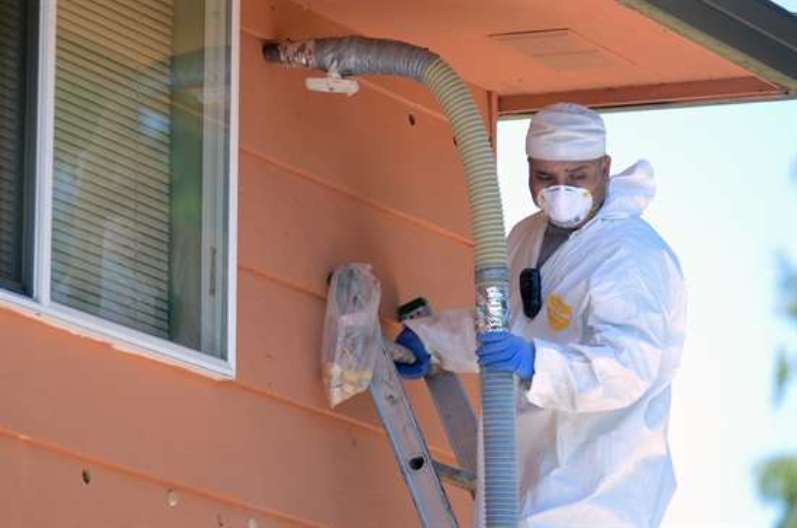Matchmaker Program

The Washington State legislature expanded its investment in healthy, safe and energy-efficient low-income weatherization in 2015. This program initiative is Weatherization Plus Health.
Weatherization Plus Health combines energy and cost-saving weatherization improvements in low-income homes with measures that reduce health risks and health costs for vulnerable families. We target improvements in the home environments for children and adults with asthma.
Washington State invested $15 million from 2015 – 2017 to provide weatherization in all counties of the state through this program. Matchmaker matches state dollars with utility and other programs’ investments in weatherization. This biennium we reserved $4.3 million in Matchmaker funds for the new Weatherization Plus Health initiative.
Background on the Matchmaker Program
The Matchmaker Program increases resources for low-income home weatherization by leveraging local matching dollars and resources from utilities, rental owners and other sources. Washington communities receive funds when they provide a dollar-for-dollar match. The Legislature created the program in 1987 and has authorized the use of state capital funds each biennium since 1991.
Matchmaker Services
This program has helped to form lasting partnerships among local weatherizing agencies, utilities and other match providers. Weatherization services include:
- Ceiling, wall, floor and duct insulation.
- Diagnostically driven air sealing (such as caulking, weather-stripping and broken window replacement) to close gaps where the home’s heat can escape.
- Heating system efficiency modifications.
The work is done to established technical specifications and building codes that apply.
Matchmaker Performance Measures
The dollar-for-dollar match requirement of the program doubles the value of the state capital funds spent on low-income weatherization. In addition to the positive economic impact on local communities natural to the business of weatherization, home energy use is reduced, on average, 25 percent in the homes weatherized under this program.
